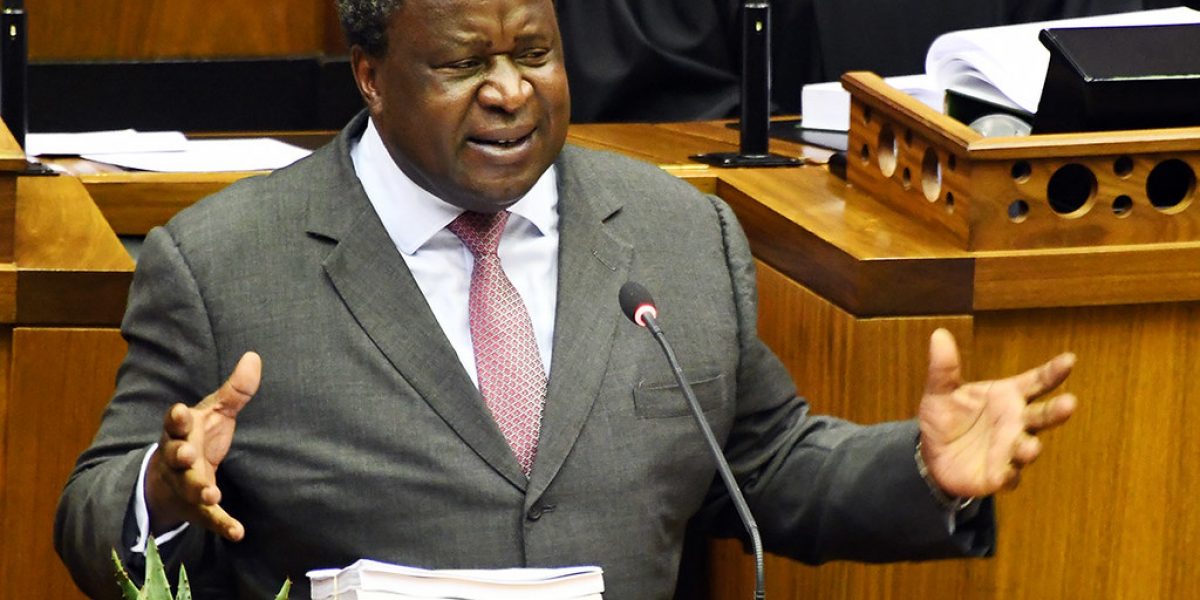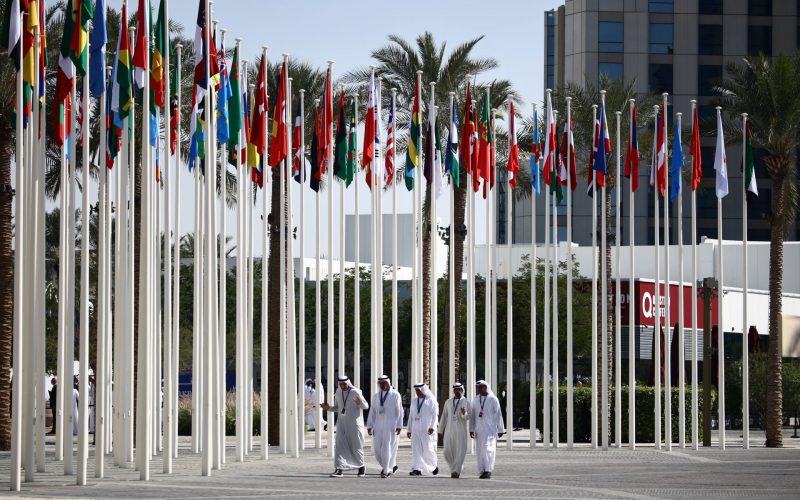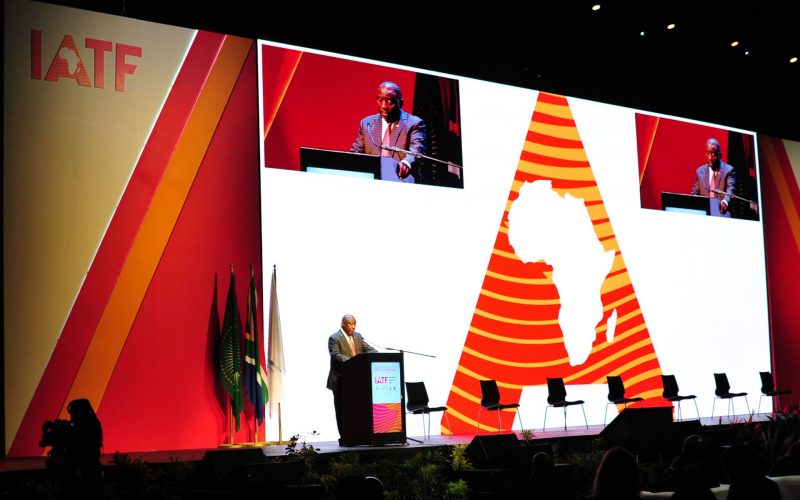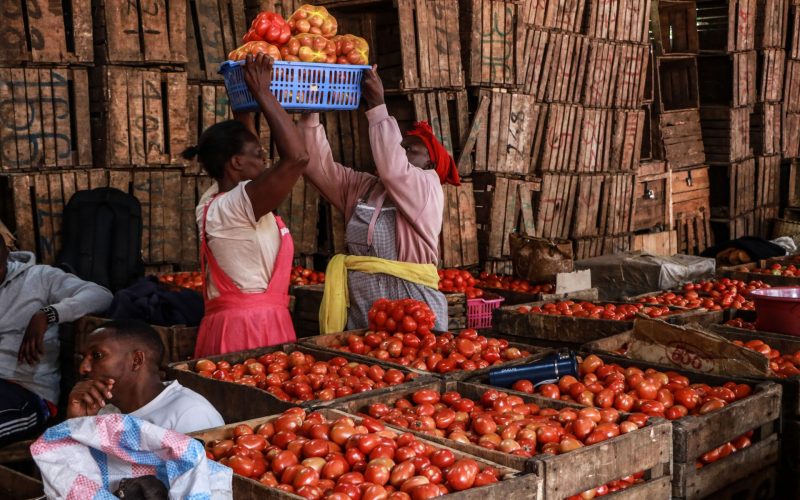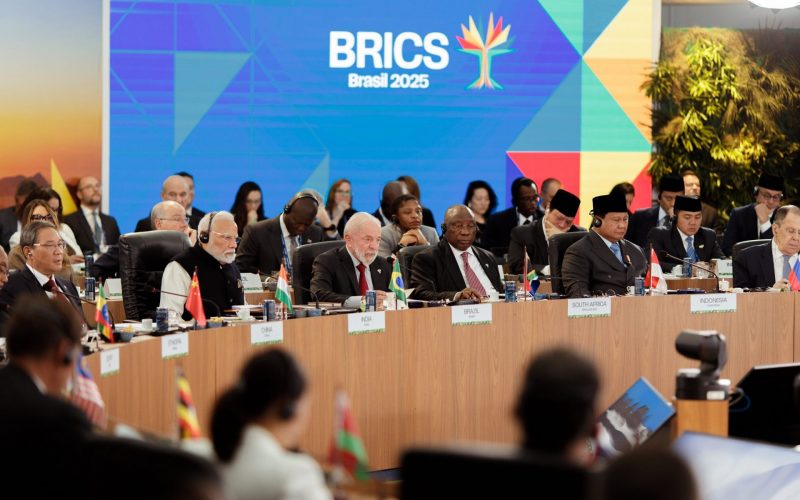While there has been no further mention of this since the arrival of COVID-19 in South Africa in early March, and the subsequent global economic downturn, Mboweni’s plans raise interesting questions around the viability of such a fund in times of extreme volatility.
During his speech Mboweni announced that the proposed fund would be capitalised at $2 billion, and possibly funded from mineral royalties and spectrum allocation.
Understandably, this announcement has been met with scepticism. Countries often establish SWFs if two prerequisites are met: a national budget surplus and low debt levels. South Africa meets neither of these. On the contrary, the country is in the midst of a serious economic slump.
SWFs are also usually established with one or more of three objectives: macroeconomic stabilisation, intergenerational savings and domestic development. In the budget speech, Mboweni stated the fund will contribute to the fiscal framework, serve as a countercyclical fiscal tool, and ensure investment in future generations. From this, one can deduce that South Africa’s SWF might strive for the first two objectives. However, concrete details on the strategic objective and institutional structure of the proposed fund are sparse.
What we can learn from other African countries
Notwithstanding these uncertainties, if South Africa does follow through with a fund, much can be gleaned from the experiences of other SWFs on the African continent. These experiences are perhaps more relevant to South Africa than the much-touted example of Norway’s Government Pension Fund Global. Some 13 African SWFs are currently in operation, with almost all linked – at least indirectly – to resource revenues in an attempt to avert the so-called “resource curse”. In a recent policy paper, the South African Institute of International Affairs probed the lessons learned from SWFs in four African countries: Angola, Botswana, Ghana and Nigeria.
Overall, Africa’s SWFs have achieved mixed results in fulfilling their mandates. Weak and/or vague SWF institutional structures and rules, and a lack of commitment to overarching macroeconomic management in these countries within the budget, have hampered the effectiveness of these funds.
The good, the bad and the ugly
Botswana’s Pula Fund has perhaps been the most successful as it has helped to stabilise the budget and avoided arbitrary depletion. However, it is debatable how much of this success can be attributed to the fund itself as opposed to prudent overarching budget management. In Nigeria and Angola, funds with loose rules have prevented significant savings and stabilisation. The development finance sub-component of Nigeria’s newer Nigeria Sovereign Investment Fund, called the Nigerian Infrastructure Investment Fund (NIIF), has shown initial successes in crowding in private capital for infrastructure investment. However, outside of the NIIF development sub-funds have often been hindered by poor planning and political interference. In Ghana, initial gains from institutionally sound stabilisation and savings funds were eroded by unsustainable general budget spending in the lead up to elections in anticipation of future resource revenues.
Lessons for SA to consider
From these experiences, some clear lessons emerge, which may be useful for South Africa to consider:
- Before establishing a SWF, conduct a sober assessment of whether the fund’s objectives are both necessary and feasible within the domestic context, understanding country-specific political and economic forces that may work against it. This can be done through isolating a specific problem that the SWF seeks to solve and determining if a SWF is the most appropriate tool to solve it. Weighing the costs and benefits of saving versus spending on pressing development needs is also important.
- When designing a SWF, prioritise the creation of strong, rules-based institutional structures that increase the difficulty of misusing funds and/or political raiding. SWFs should have clear deposit and withdrawal rules, limit the discretion of fund managers, and mandate transparency and accountability. For stabilisation funds in particular, given the required liquidity, assets should be maintained at levels low enough to avoid political incentives to siphon funds (as compared to long-term savings funds invested in illiquid assets). Flexibility can also be built into withdrawal rules for exceptional circumstances in order to decrease incentives to bypass fund rules.
- Build broad-based and ideally non-partisan political support for a proposed SWF before its operationalisation. This can be done through establishing coalitions of different interest groups (political parties, private sector, labour unions, extraction companies, local branches of government, international watchdogs, etc) in support of a fund, especially when operating in an environment with strong adverse political incentives. Ensure such interest groups have a role in official accountability mechanisms of the fund.
- Develop a comprehensive plan for public sensitisation and expectation management before the concept is introduced to the public. Provide extensive information on the fund and explain in detail what an SWF can feasibly achieve and why, which will ensure informed public advocacy. Seek public/interest group inputs on fund objectives and structure in order to drive a sense of public ownership.
- Position the SWF as a component of a broader public financial management plan from inception, ensuring that fiscal rules on borrowing and expenditure within the budget align with SWF rules. If deriving funds from resource revenue projections, ensure independent resource reference price forecasts free from political involvement, and integrate buffers for unexpected commodity price crashes into projections.
In the case of South Africa, too little is currently known about the proposed SWF to assess the broader governance framework of the proposed fund. However, the abrupt announcement with little detail already alludes to the potential absence of some of the important pre-establishment groundwork. Most importantly, the feasibility of capitalising such a fund given South Africa’s current fiscal position remains in question.

